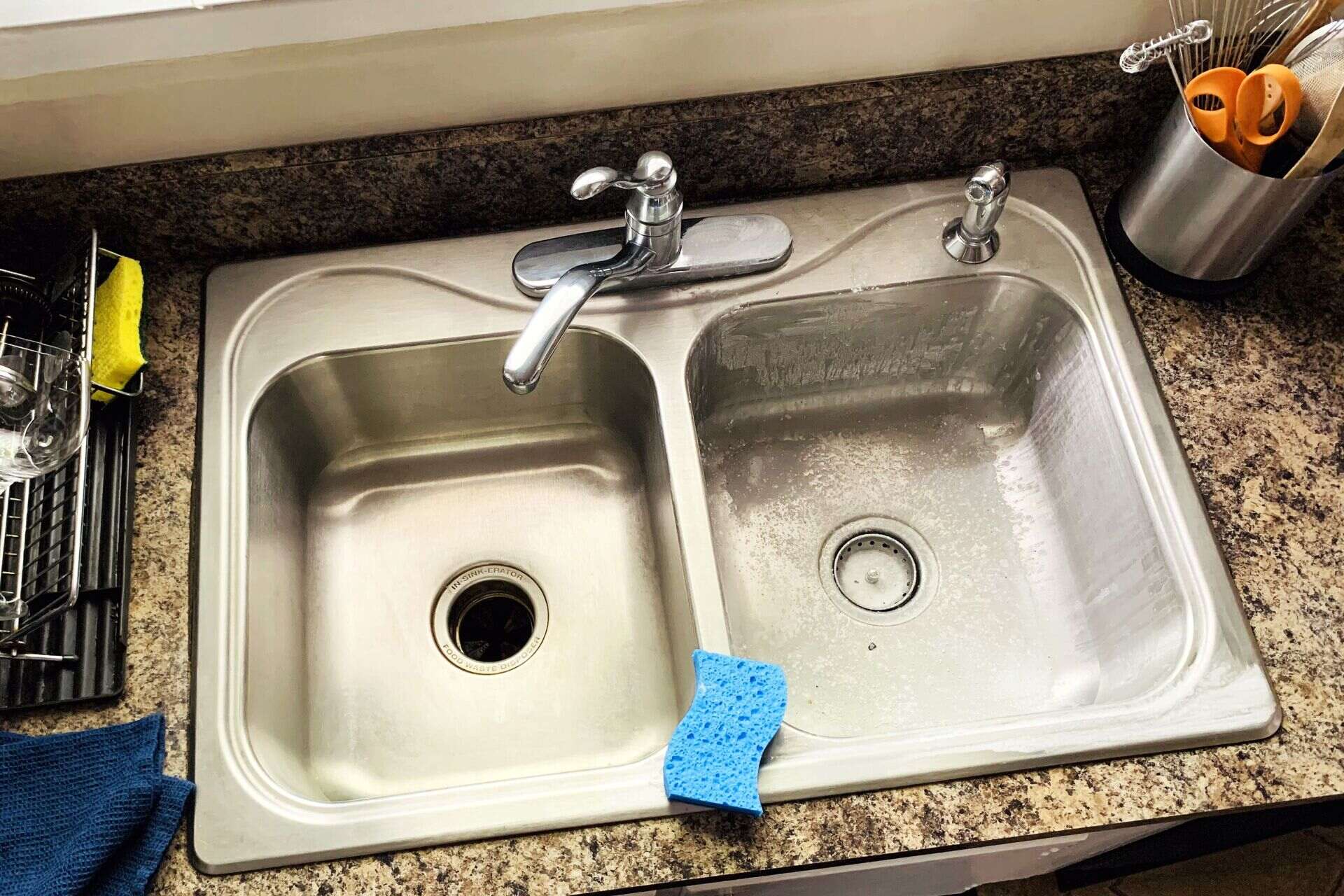

Articles
How To Clean Stainless Sink
Modified: August 28, 2024
Looking for articles on how to clean your stainless sink? Check out our comprehensive guide that covers tips and tricks for a sparkling clean stainless steel sink.
(Many of the links in this article redirect to a specific reviewed product. Your purchase of these products through affiliate links helps to generate commission for Storables.com, at no extra cost. Learn more)
Introduction
Welcome to the ultimate guide on how to clean a stainless steel sink! Your kitchen sink is a hub of activity, constantly used for washing dishes, preparing meals, and even cleaning vegetables. Over time, stainless steel sinks can accumulate dirt, grime, and stubborn stains, which can affect both their appearance and functionality.
Fortunately, with a few simple supplies and the right techniques, you can bring your stainless steel sink back to its sparkling best. Whether you’re dealing with daily buildup or tackling tough stains, this article will walk you through the step-by-step process to achieve a clean and gleaming sink that will be the envy of your kitchen.
Before we dive into the cleaning methods, it’s important to note that stainless steel sinks can be a bit sensitive to harsh chemicals and abrasive scrubbing. So, it’s essential to use gentle yet effective cleaning agents and techniques to avoid scratching or damaging the surface.
Without further ado, let’s gather the necessary supplies for the cleaning process.
Key Takeaways:
- Keep your stainless steel sink sparkling by using gentle yet effective cleaning agents like dish soap, baking soda, vinegar, and lemon juice. Regular maintenance and proper cleaning techniques will maintain its durability and resistance to stains.
- Don’t forget to polish your stainless steel sink for that extra shine! Using a stainless steel cleaner or a DIY mixture of water and vinegar, gently rub the polish onto the surface and buff it to a lustrous finish. Regular maintenance is key to keeping your sink looking its best.
Read more: How To Clean Stainless Steel Sink Stains
Gathering the Necessary Supplies
Before you begin your stainless steel sink cleaning journey, it’s important to gather all the necessary supplies. Having everything at hand will make the cleaning process smoother and more efficient. Here are the essential items you’ll need:
- Mild dish soap: Opt for a gentle and pH-neutral dish soap to avoid any potential damage to the stainless steel surface.
- Baking soda: This versatile household ingredient will help to remove stains and deodorize your sink.
- Vinegar: Vinegar acts as a natural disinfectant and can help cut through grease and grime.
- Lemon: The citric acid in lemons is effective in removing stubborn stains and leaving your sink smelling fresh.
- Soft sponge or microfiber cloth: Choose a non-abrasive sponge or cloth to prevent scratching the stainless steel surface.
- Soft-bristle brush: This handy tool can help you reach into corners and crevices for a thorough clean.
- Optional: Stainless steel cleaner or polish: If your sink needs some extra TLC, you may want to invest in a stainless steel cleaner or polish to restore its shine.
By gathering these supplies before you start, you’ll have everything you need to tackle any sort of dirt or stain that your sink may be harboring. Now that we have our supplies ready, it’s time to move on to the first step of the cleaning process: removing debris and food scraps.
Removing Debris and Food Scraps
Before diving into the cleaning process, it’s essential to remove any debris and food scraps from your stainless steel sink. This step will make it easier to clean the surface and prevent any unwanted residue from lingering.
Here’s how you can effectively remove debris and food scraps from your sink:
- Start by clearing your sink of any dishes, utensils, or accessories. This will give you a clear workspace to tackle the cleaning process.
- Using a soft-bristle brush or sponge, brush away any loose food particles or debris into the garbage disposal or trash can. Make sure to reach into corners and crevices to remove any hidden remnants.
- If your sink has a garbage disposal, it’s a good idea to run it with cold water for a few seconds. This will help to flush out any remaining food scraps that may be stuck in the disposal.
- Once you’ve cleared out the larger debris, rinse your sink with warm water to remove any remaining loose particles.
By effectively removing debris and food scraps from your sink, you’ll be laying the foundation for a successful cleaning process. With a clear and debris-free surface, you can now move on to the next step: cleaning with dish soap.
Cleaning with Dish Soap
Cleaning your stainless steel sink with dish soap is a simple yet effective method that can help remove grease, grime, and everyday dirt. Dish soap is gentle enough to use on stainless steel surfaces without causing any harm.
Follow these steps to clean your stainless steel sink with dish soap:
- Squirt a small amount of mild dish soap directly onto a damp sponge or cloth.
- Gently scrub the entire surface of your sink, paying extra attention to areas with visible stains or build-up.
- Use circular motions to work the dish soap into the stainless steel surface, ensuring thorough coverage.
- If you encounter any stubborn or greasy spots, apply a bit more dish soap and give them some extra attention.
- Rinse the sponge or cloth under warm water and wipe away the soap residue from the sink.
- Once you’ve removed all the soap, rinse your sink thoroughly with warm water to ensure there’s no residue left behind.
After completing the dish soap cleaning method, take a moment to admire the shine and cleanliness of your stainless steel sink. However, if there are still any lingering stains or tough grime, you may need to try a more powerful cleaning method. One such method is using baking soda and vinegar, which we’ll explore next.
Using Baking Soda and Vinegar
When it comes to tackling stubborn stains and odors in your stainless steel sink, a combination of baking soda and vinegar can work wonders. Both ingredients are natural and non-abrasive, making them perfect for deep cleaning without causing any damage.
Follow these steps to effectively clean your stainless steel sink using baking soda and vinegar:
- Sprinkle a generous amount of baking soda directly onto the surface of your sink. Make sure to cover all stained areas.
- Pour vinegar over the baking soda, creating a foaming reaction. The mixture of baking soda and vinegar will help to break down stains and eliminate odors.
- Using a soft sponge or cloth, gently scrub the foaming mixture into the sink’s surface. Pay extra attention to any areas with stubborn stains or discoloration.
- Allow the baking soda and vinegar mixture to sit on the surface for a few minutes. This will give it time to work its magic and penetrate deeply into any tough spots.
- Gently scrub the sink once again, ensuring that the mixture is evenly distributed and covering all areas.
- Rinse the sink thoroughly with warm water, making sure to remove all traces of the baking soda and vinegar mixture.
Using baking soda and vinegar can effectively remove stains, eliminate odors, and leave your stainless steel sink looking clean and fresh. However, if you’re dealing with particularly stubborn stains, you may need to bring out the secret weapon: lemon juice.
To clean a stainless steel sink, sprinkle baking soda over the surface and scrub with a soft sponge. Rinse with vinegar to remove water spots and restore shine.
Read more: How To Paint A Stainless Steel Sink
Removing Stains with Lemon Juice
Lemon juice is a natural acidic cleaner that can work wonders in removing tough stains and brightening up your stainless steel sink. The citric acid in lemons has powerful cleaning properties that can break down stains and leave your sink looking fresh and sparkling.
Follow these steps to effectively remove stains with lemon juice:
- Cut a fresh lemon in half and squeeze the juice into a bowl. Alternatively, you can use bottled lemon juice if fresh lemons are not available.
- Dip a soft sponge or cloth into the lemon juice, ensuring it absorbs the liquid.
- Gently scrub the stained areas of your stainless steel sink with the lemon juice-soaked sponge or cloth.
- Apply a bit of extra pressure to areas with stubborn stains, working the lemon juice into the surface.
- Leave the lemon juice on the stained areas for a few minutes to allow it to penetrate and break down the stains.
- After the lemon juice has had time to work, rinse your sink thoroughly with warm water, making sure to remove all traces of the lemon juice.
The acidic properties of lemon juice will help to dissolve the stains and leave your stainless steel sink looking renewed. Plus, the fresh citrus scent will leave your kitchen smelling delightful.
With your sink now free from stains and looking spotless, you may want to take it a step further and polish the stainless steel surface for that extra shine. Let’s explore how to do that in the next step.
Polishing the Stainless Sink
Polishing your stainless steel sink is the final step to achieving a gleaming and lustrous finish. This step will not only enhance the appearance of your sink but also help protect it against future stains and water spots.
Follow these steps to effectively polish your stainless steel sink:
- After cleaning your sink, dampen a soft cloth with a small amount of water.
- Dip the cloth into a stainless steel cleaner or polish, or you can make your own polish using a mixture of equal parts water and vinegar.
- Gently rub the polish onto the sink’s surface, using circular motions. Make sure to cover the entire sink, paying extra attention to any areas that may have water spots or light scratches.
- Allow the polish to sit on the surface for a few minutes, as per the manufacturer’s instructions or DIY recipe.
- Using a clean, dry cloth, buff the surface of the sink in circular motions. This will help to remove any excess polish and bring out the shine.
- Continue buffing until your stainless steel sink looks lustrous and free from streaks.
Polishing your stainless steel sink on a regular basis not only keeps it looking its best but also helps to maintain its durability and resistance to stains. By following these simple steps, you can enjoy a sparkling and well-maintained sink for years to come.
Final Thoughts
Now that you have learned how to clean and polish your stainless steel sink, you can say goodbye to stubborn stains and unsightly grime. Remember to gather the necessary supplies, remove debris and food scraps, clean with dish soap, use baking soda and vinegar for tough stains, remove stains with lemon juice, and finally, polish your sink for an added shine.
With regular maintenance and proper cleaning techniques, your stainless steel sink will not only look beautiful but also serve as a hygienic and functional centerpiece in your kitchen. So roll up your sleeves, grab your cleaning supplies, and give your stainless steel sink the TLC it deserves!
Final Thoughts
Cleaning and maintaining a stainless steel sink doesn’t have to be a daunting task. With the right supplies, techniques, and a little bit of effort, you can keep your sink looking sparkling clean and free from stains or debris.
Remember to start by gathering all the necessary supplies, including mild dish soap, baking soda, vinegar, lemon juice, soft sponges, and a soft-bristle brush. These items will help you tackle different types of stains and ensure a thorough and effective cleaning process.
Begin by removing debris and food scraps from your sink, ensuring it is clear before you start cleaning. Follow up with a gentle cleaning using dish soap, scrubbing the surface to remove dirt and grime.
If you come across stubborn stains, turn to the power of baking soda and vinegar. Their combination creates a potent cleaning solution that can help break down tough stains and leave your sink looking refreshed.
For particularly stubborn stains, lemon juice is your secret weapon. Its acidic properties work wonders in removing stains and brightening the stainless steel surface.
Afterwards, don’t forget to give your sink a beautiful shine by polishing it. Using a stainless steel cleaner or a DIY mixture of water and vinegar, gently rub the polish onto the surface and buff it to a lustrous finish.
Regular maintenance is key. Try to incorporate these cleaning techniques into your routine to keep your stainless steel sink looking its best. A clean sink not only enhances the aesthetic appeal of your kitchen but also promotes a hygienic environment for food preparation and dishwashing.
So, whether you’re a cooking enthusiast or simply love a clean and organized kitchen, following these steps will ensure that your stainless steel sink remains a focal point that shines throughout the years.
Frequently Asked Questions about How To Clean Stainless Sink
Was this page helpful?
At Storables.com, we guarantee accurate and reliable information. Our content, validated by Expert Board Contributors, is crafted following stringent Editorial Policies. We're committed to providing you with well-researched, expert-backed insights for all your informational needs.
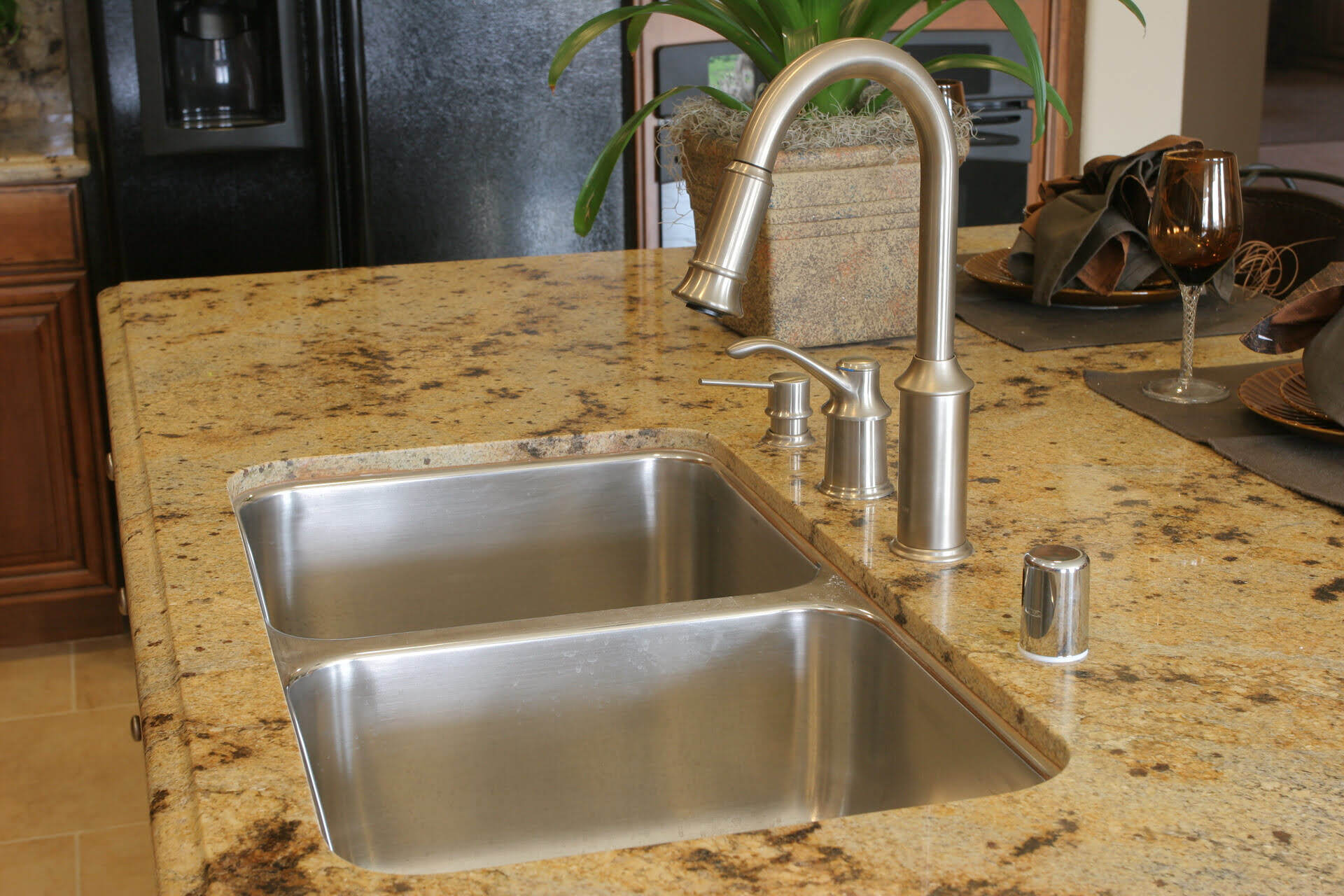
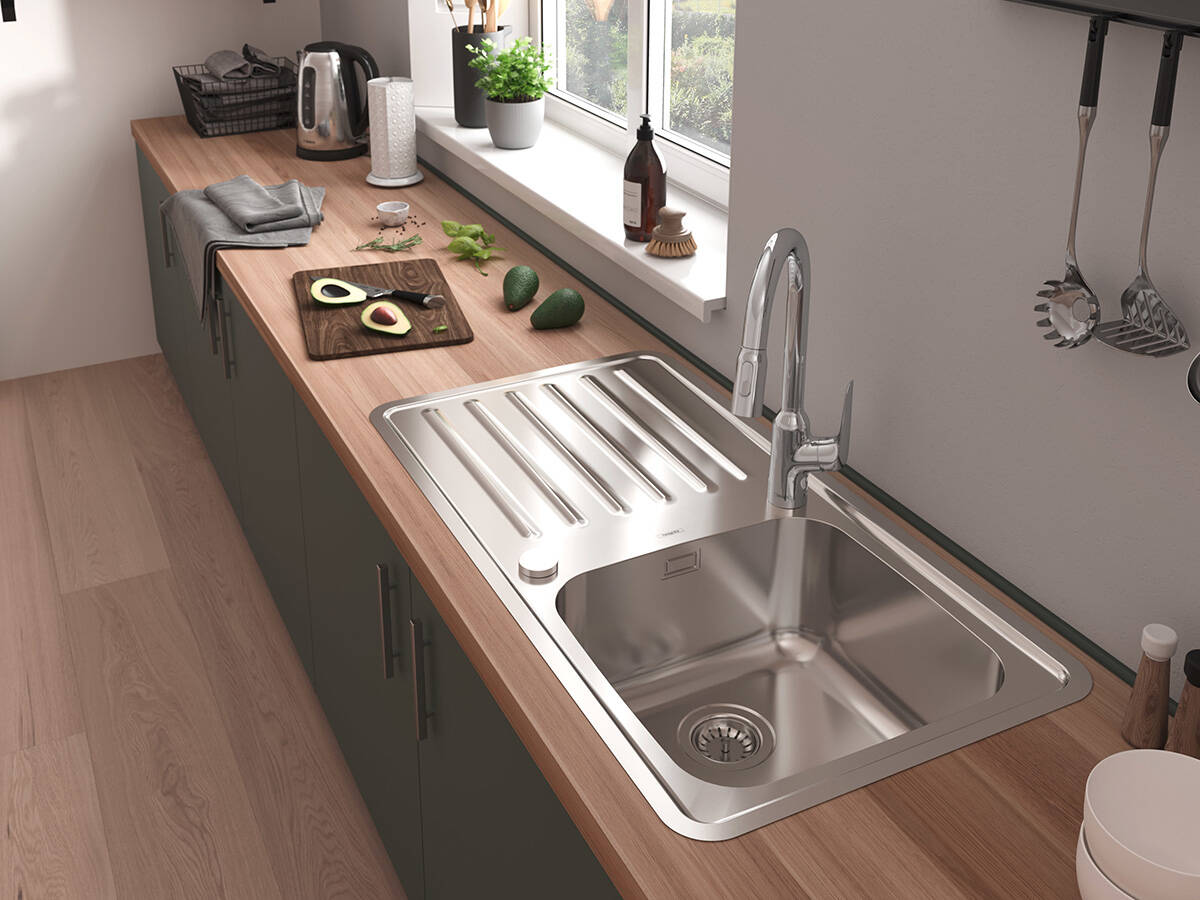
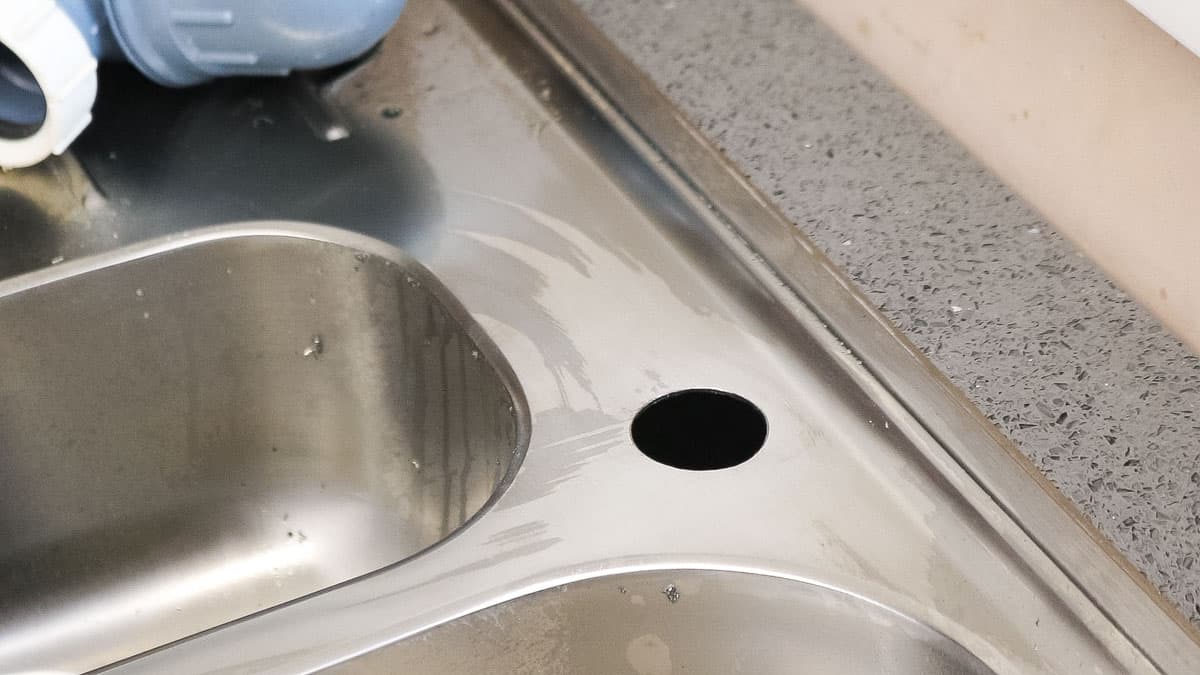
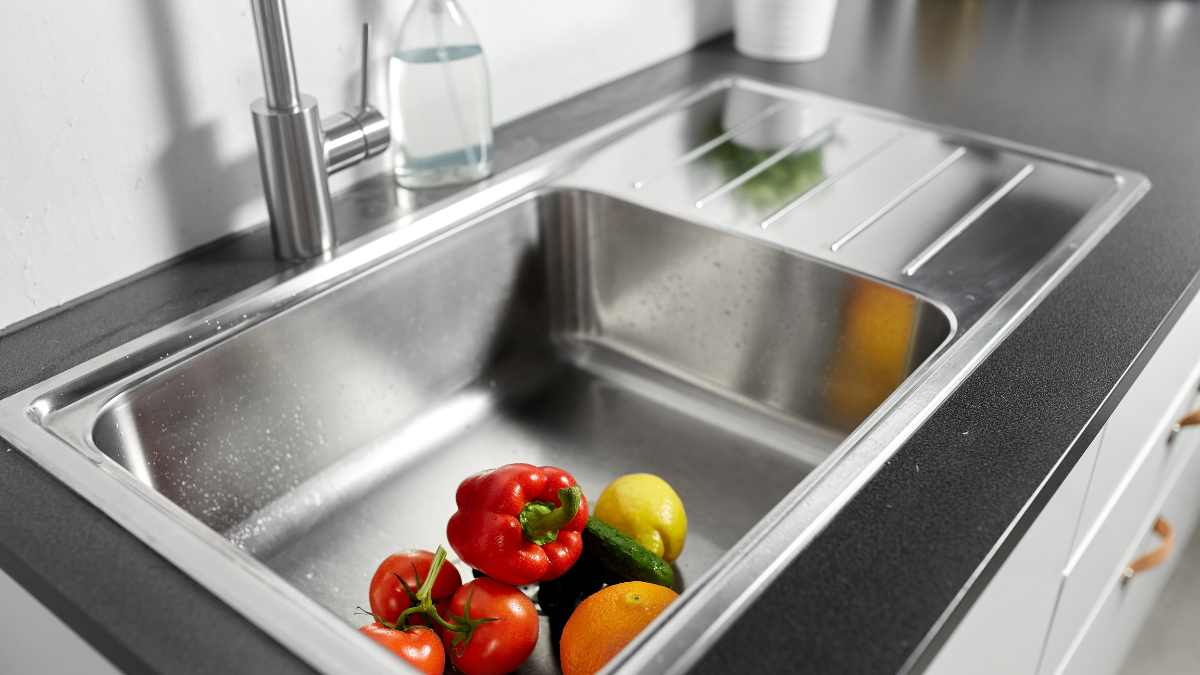
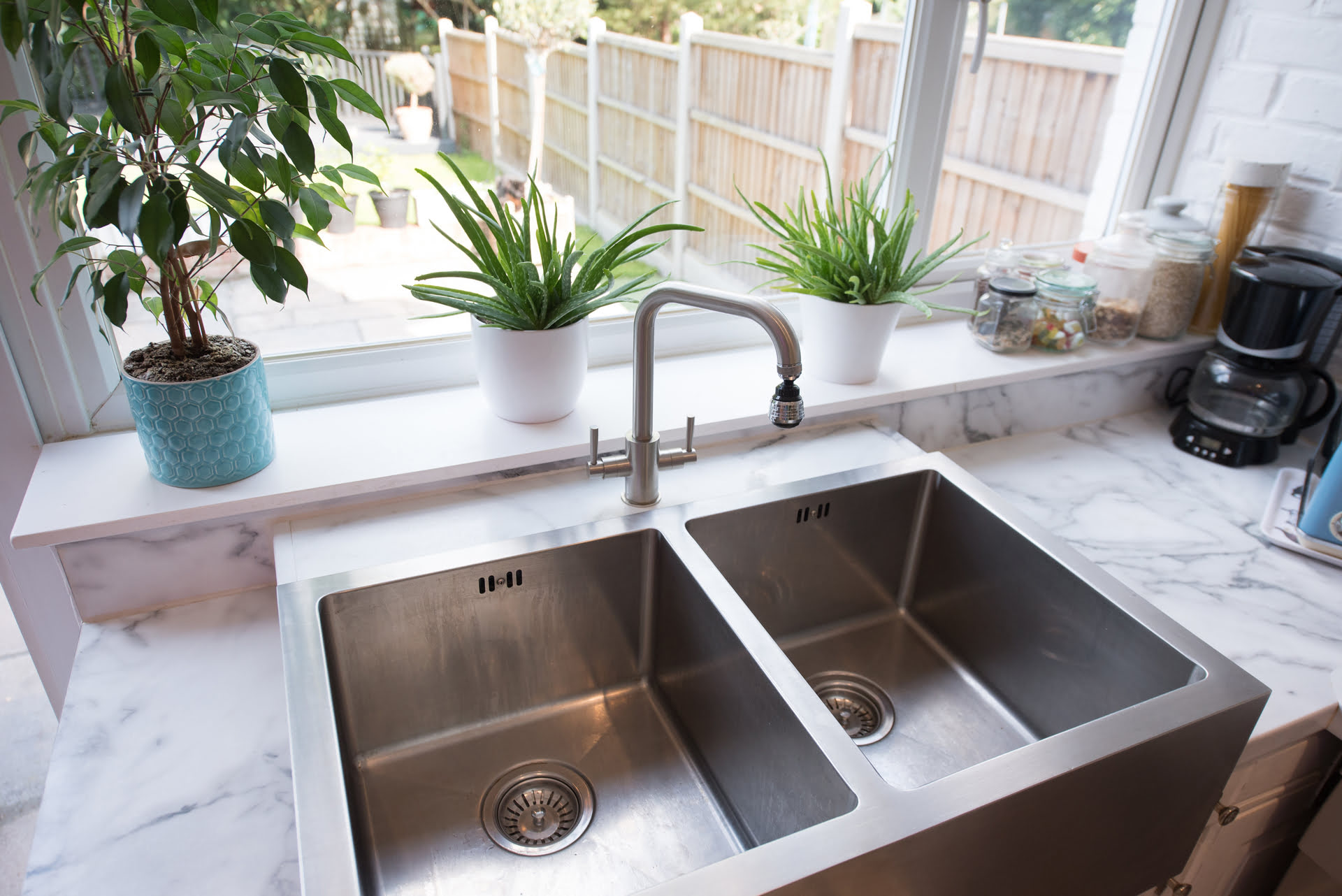
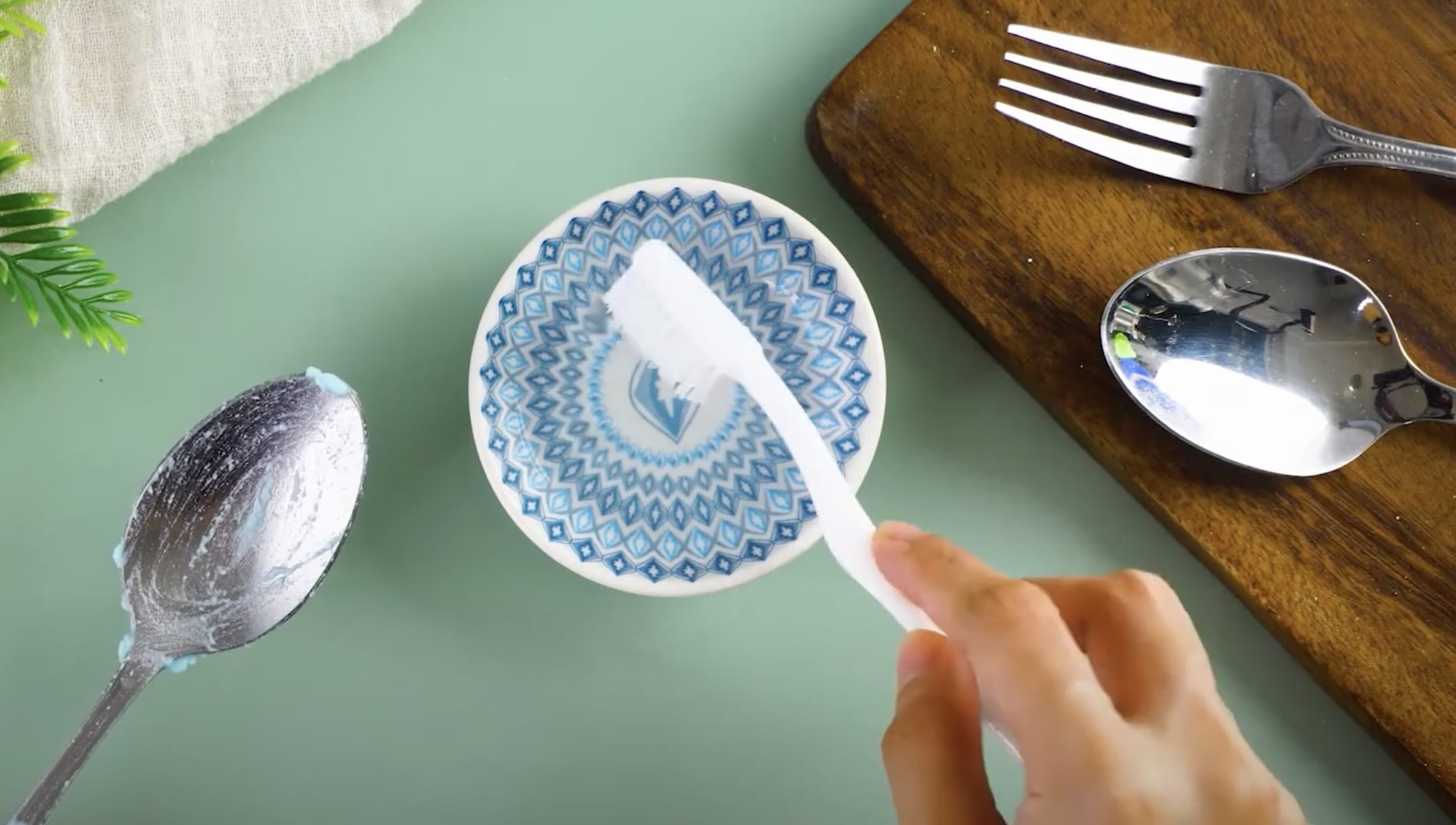
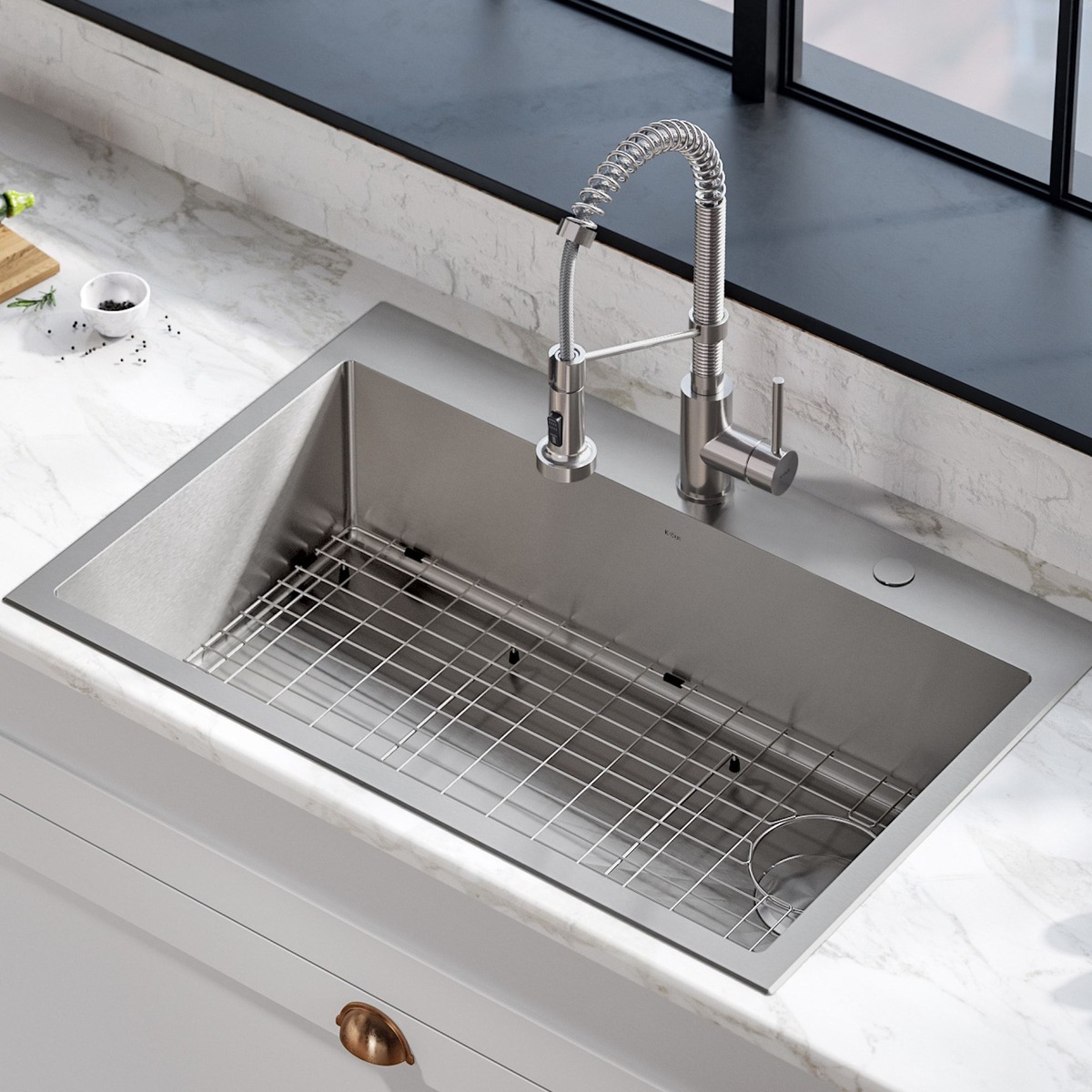
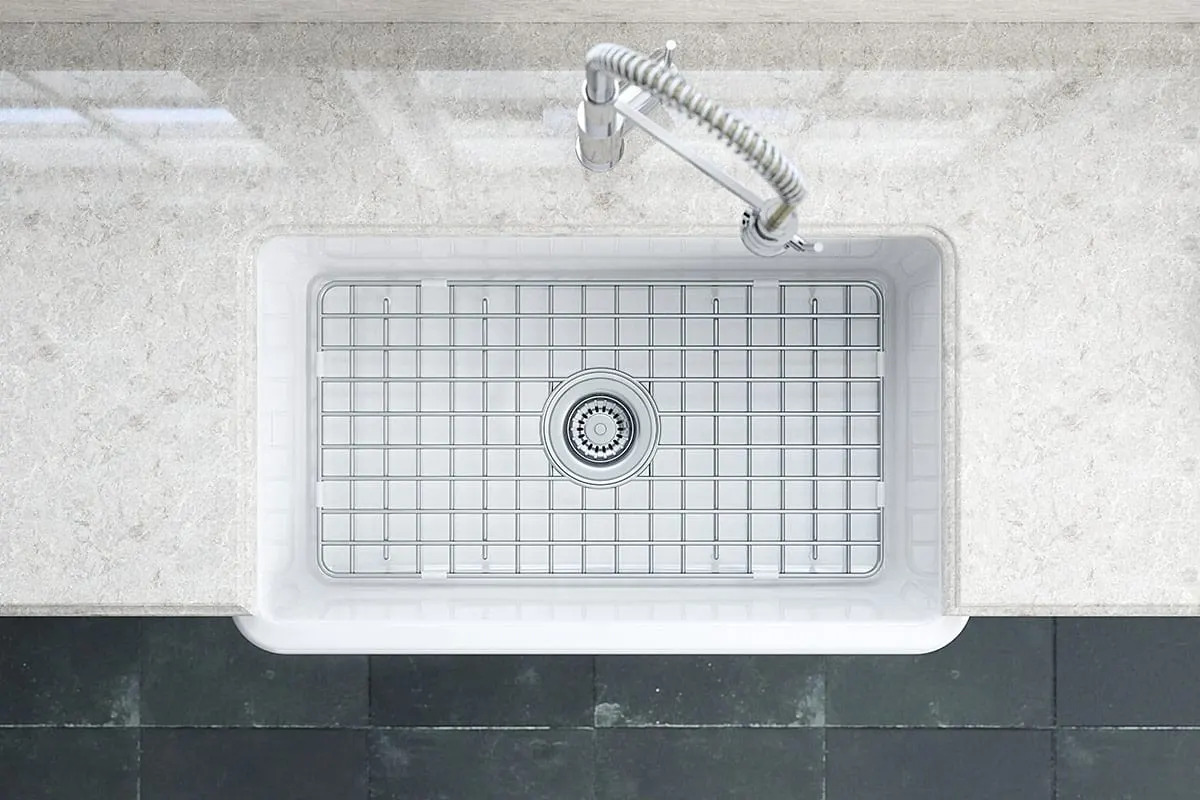
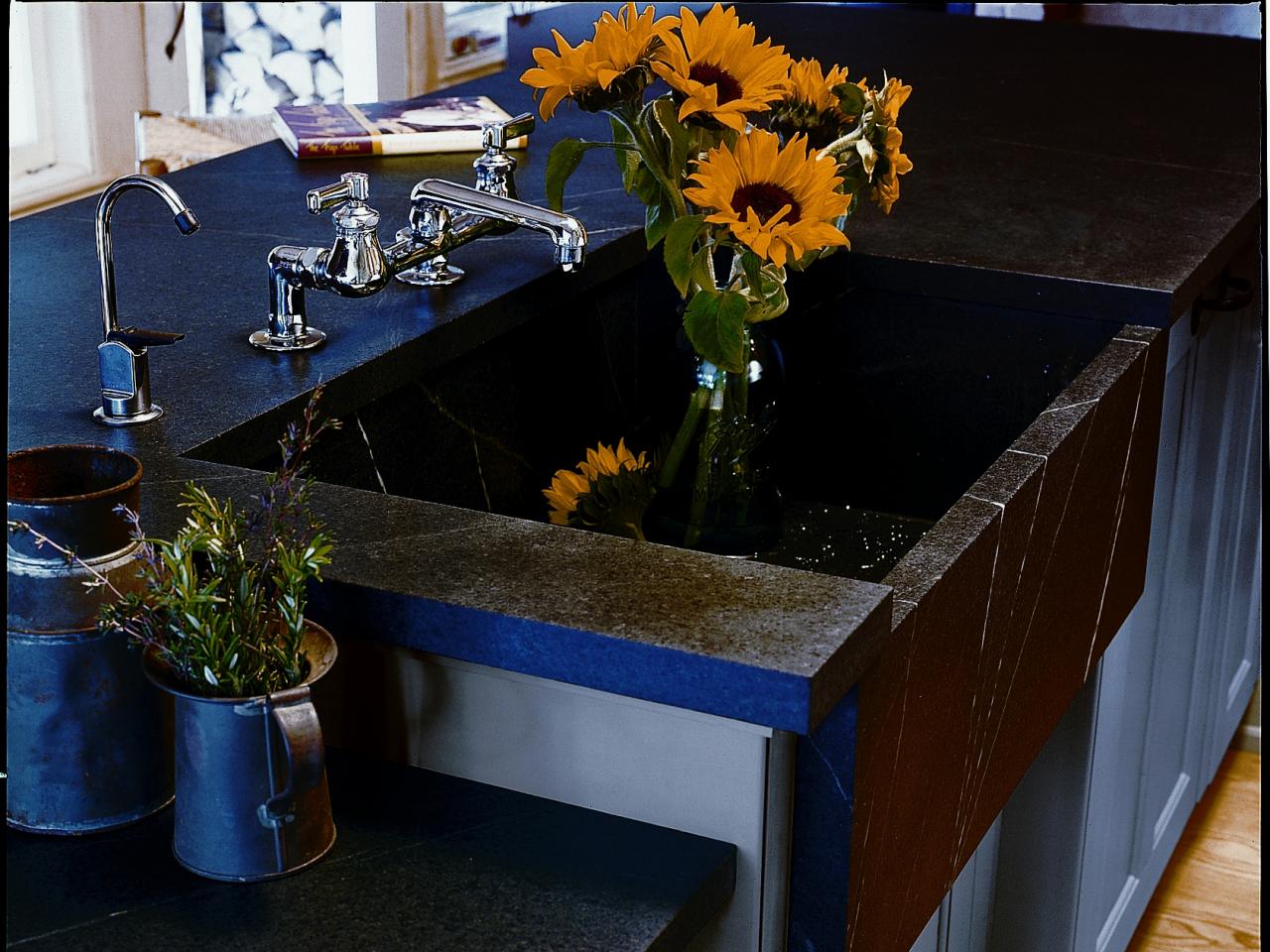
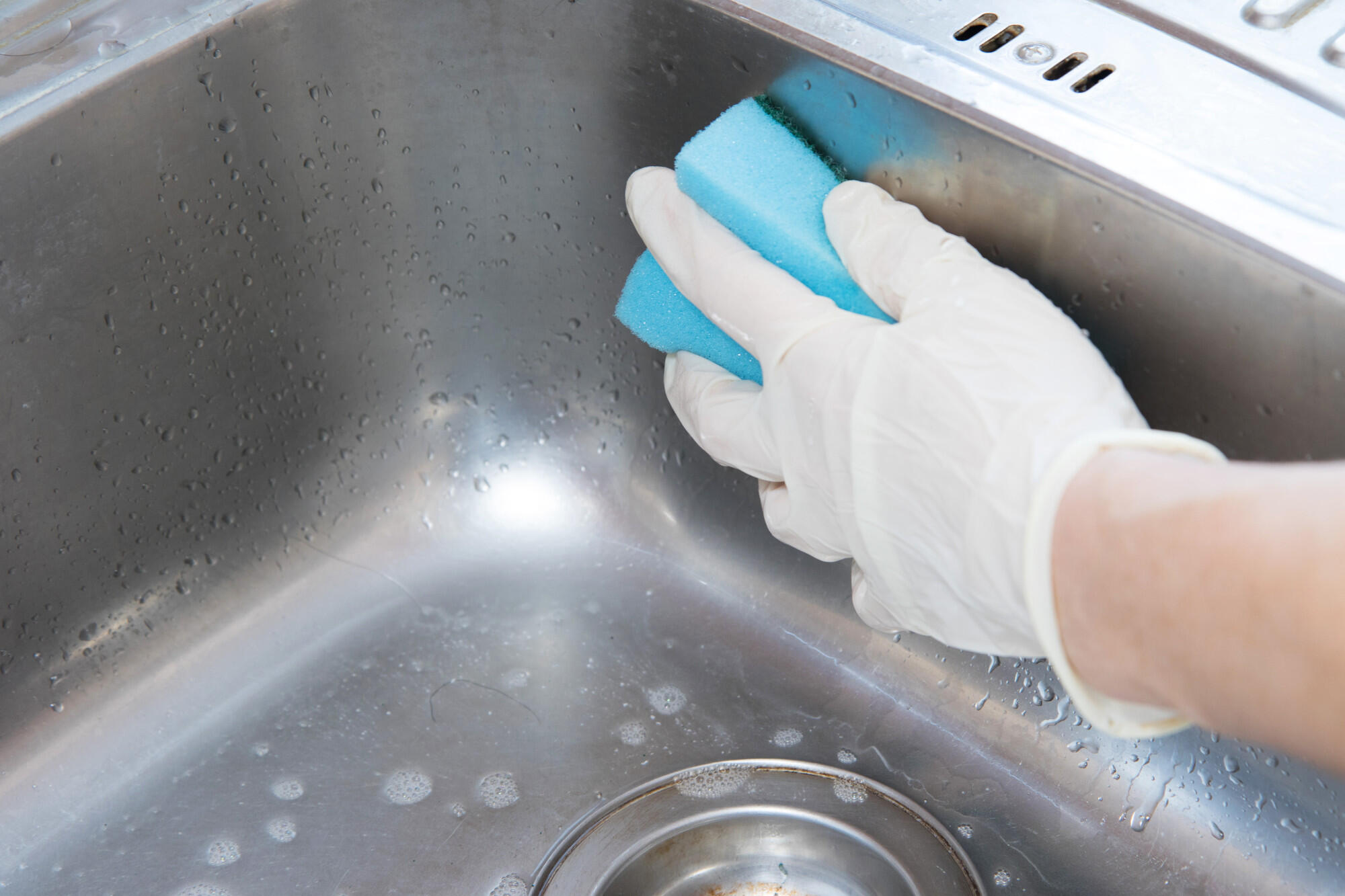
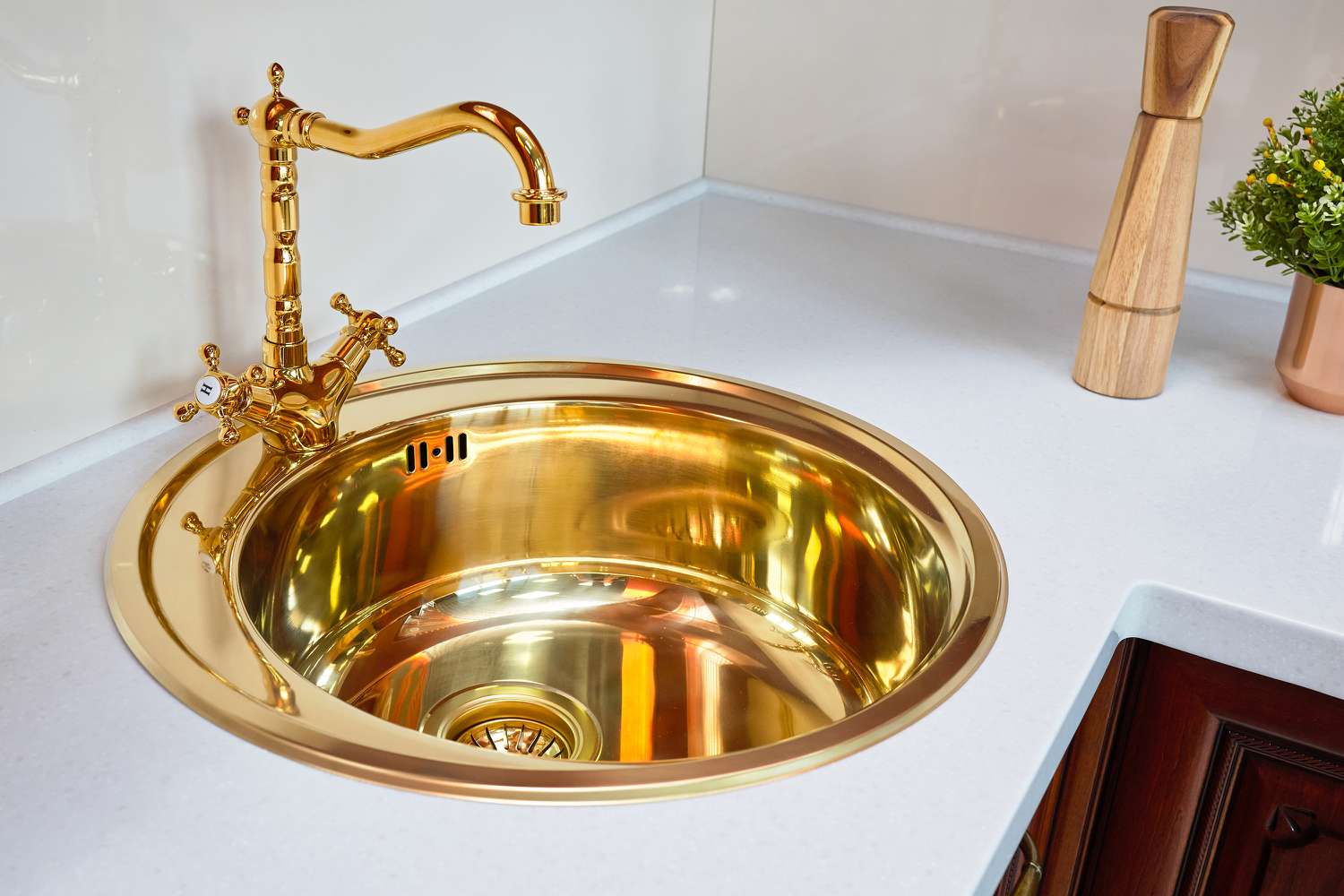
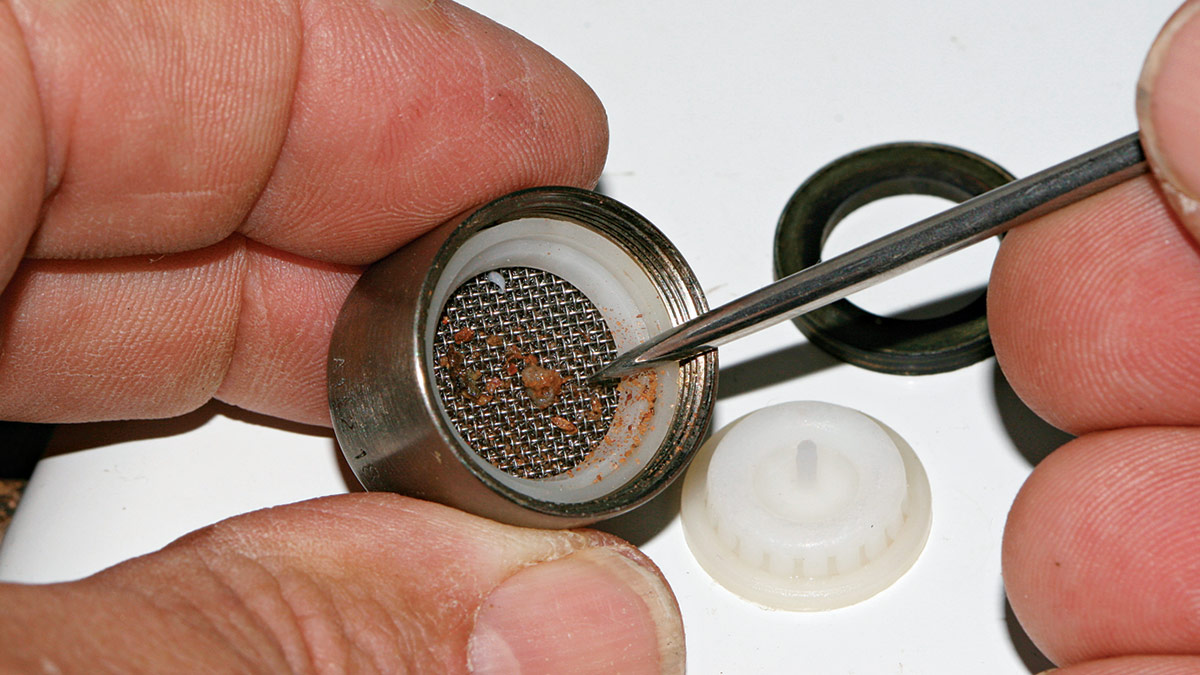
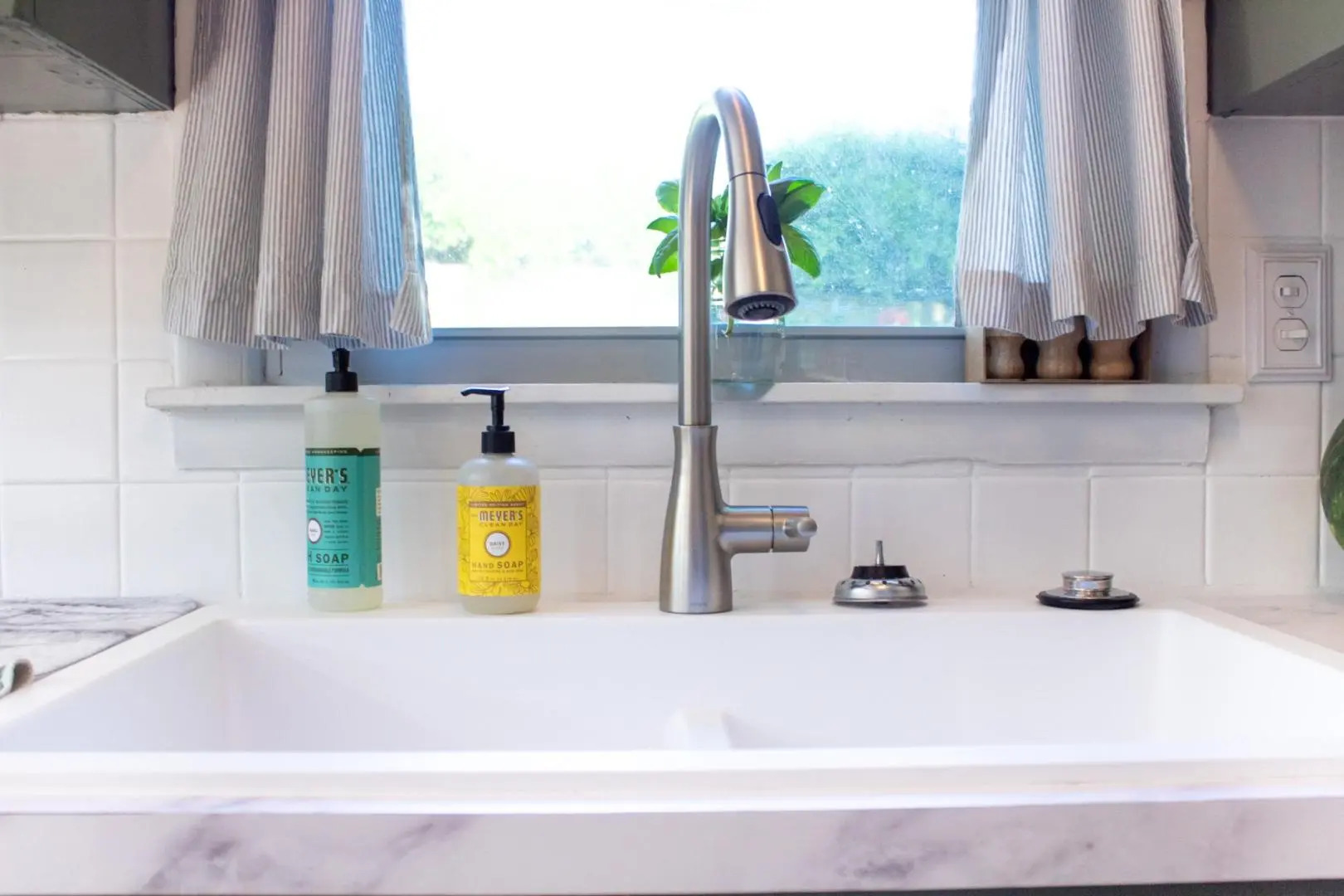
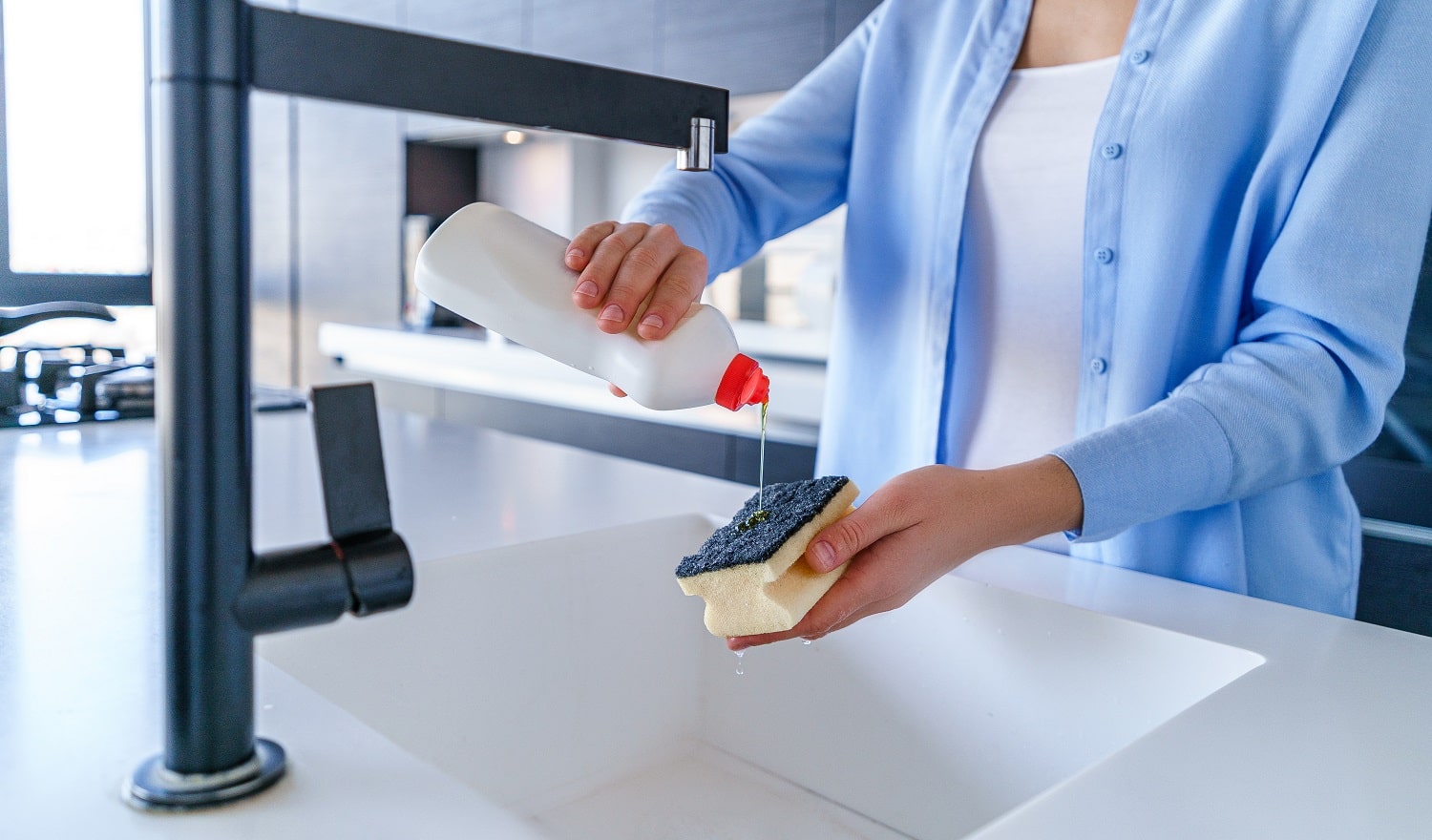

0 thoughts on “How To Clean Stainless Sink”